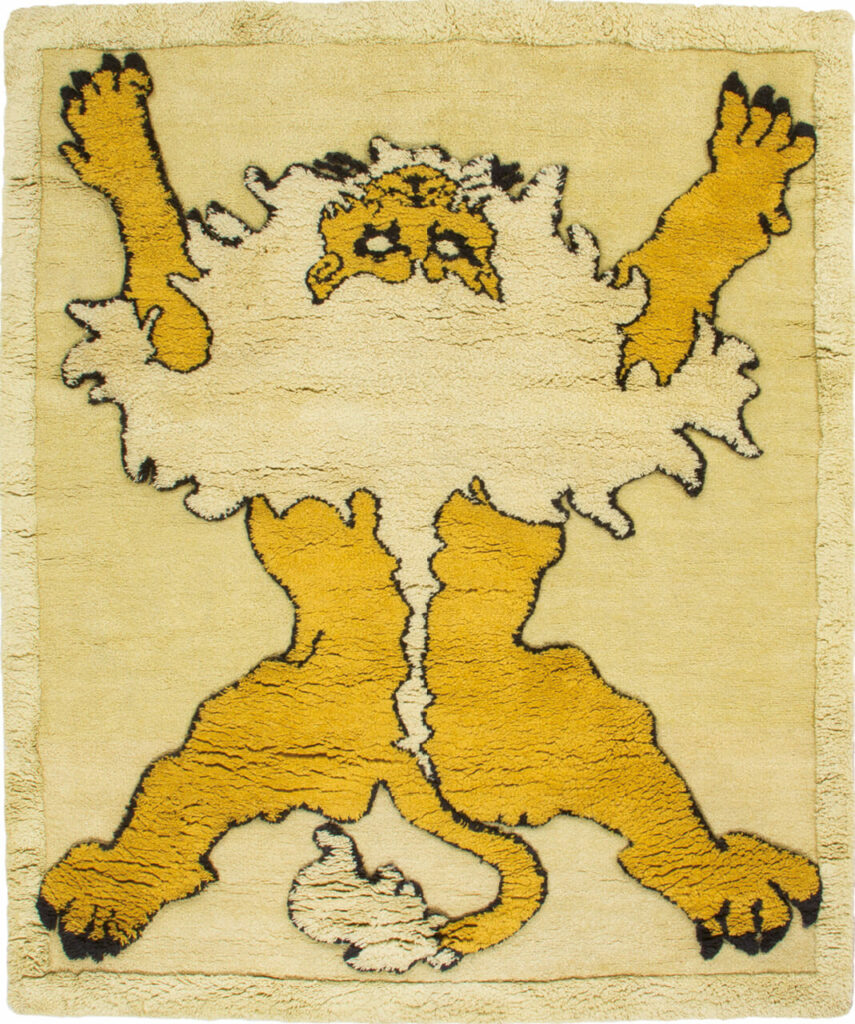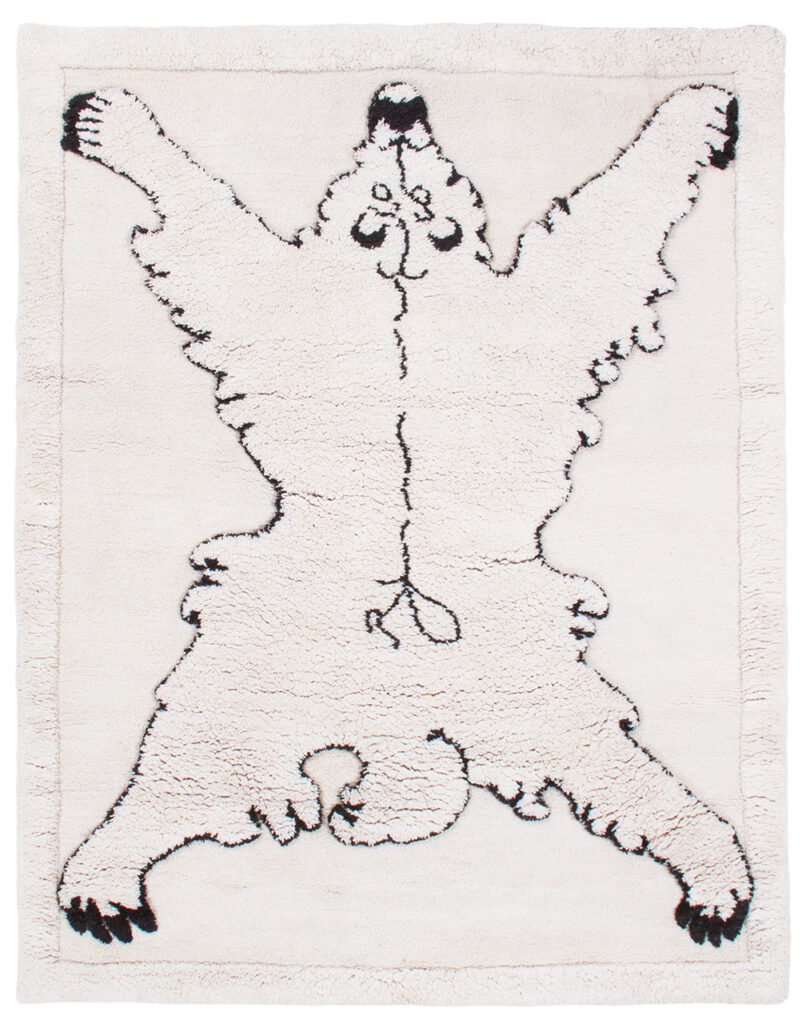Gabetti and Isola – Another modernism
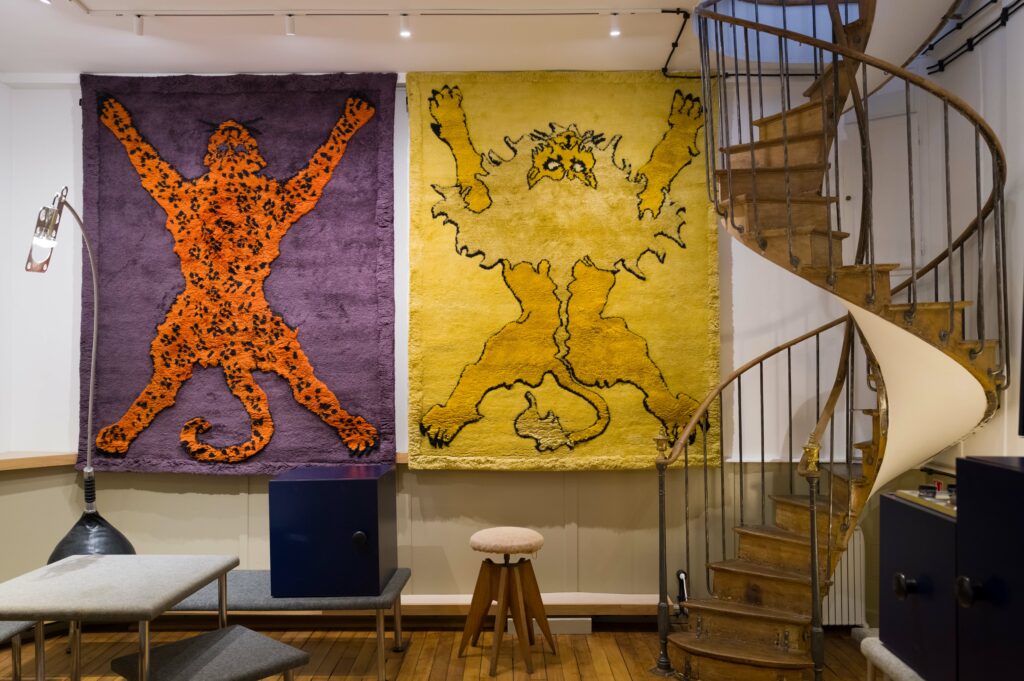
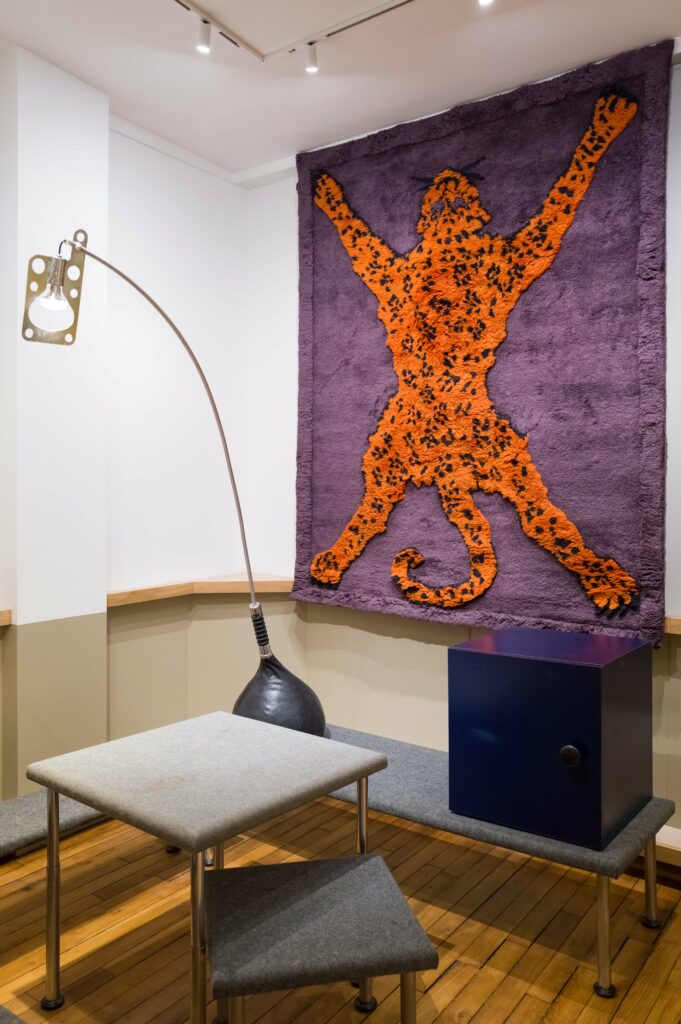
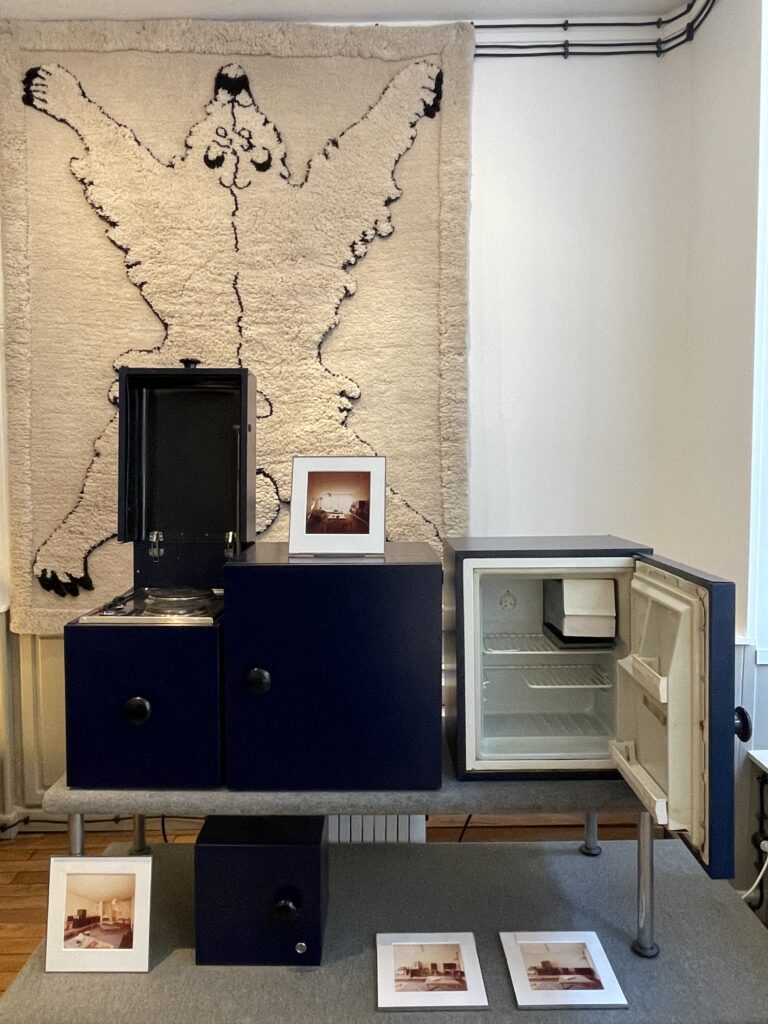
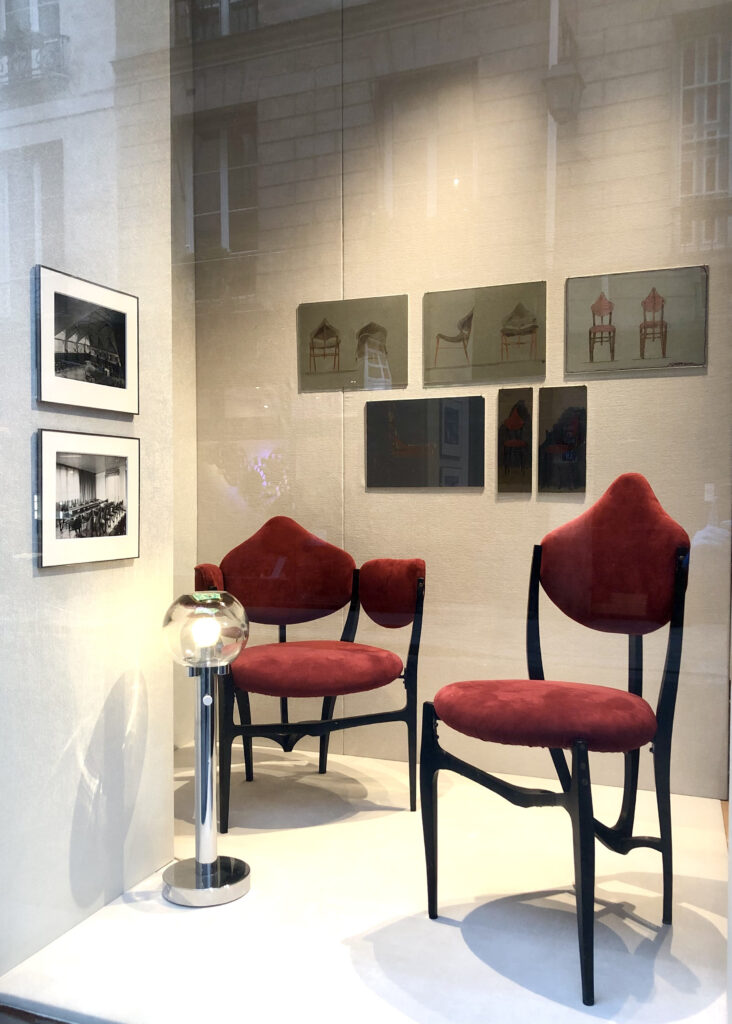
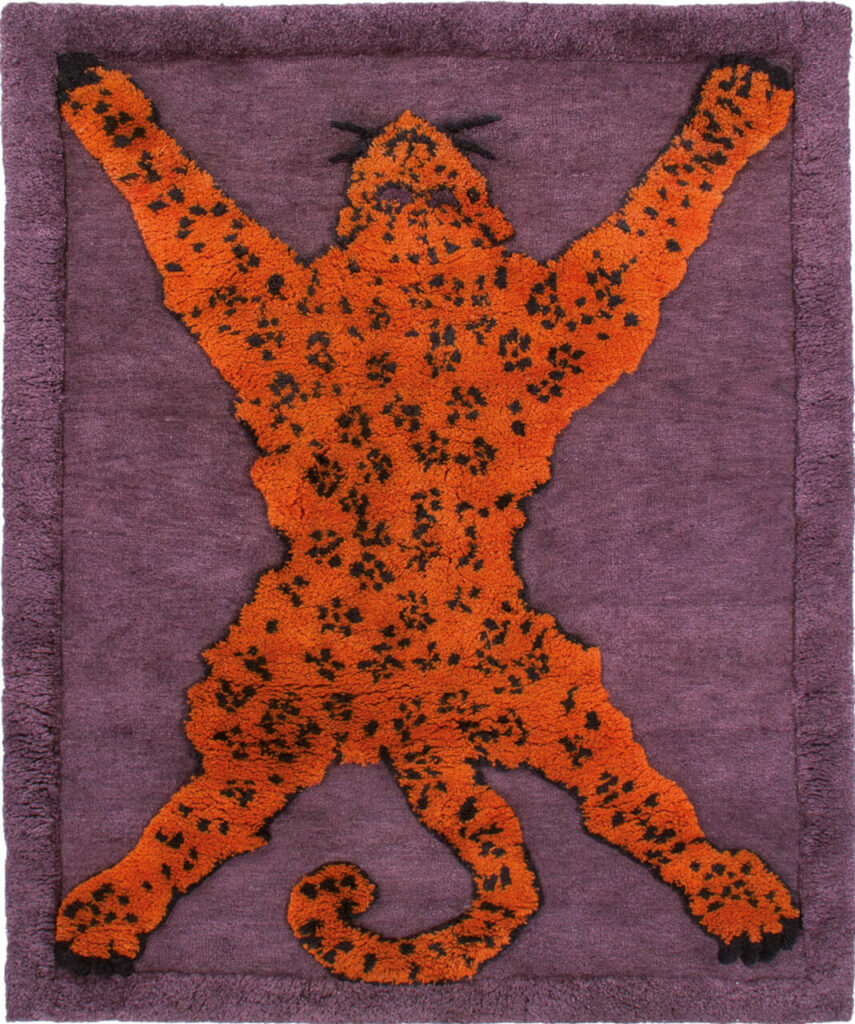
For our first exhibition of 2024, we are delighted to present a rare and previously unseen collection of furniture and drawings by the Turin-based architecture and design duo Gabetti and Isola.
Challenging the precepts of modernism and international style, Roberto Gabetti (1925-2000) and Aimaro Isola (1928-) set themselves apart in the early 1950s with an original vision of the avant-garde rooted in Italian architectural tradition and the art nouveau style. Seeking a harmonious dialogue between the building and its urban context, their style is characterized by pure lines, daring geometric shapes, ornamentations and the combined use of modern and traditional materials. Although the two men later borrowed certain features from the techno aesthetic, they nevertheless continued to attach fundamental importance to the landscape value of their projects, ensuring that each building was at one with its natural surroundings, using materials such as wood and stone.
Their most notable works include the Borsa Valori (Turin, 1956), and the housing and furnishings of the Talponia complex (Ivrea, 1971), designed for the Olivetti residential center in Ivrea, which is now a UNESCO World Heritage site.
The first major exhibition devoted to Gabetti and Isola in France since their retrospective at the Institut Français d’Architecture in 1996, Gabetti and Isola – Another modernism focuses on these two emblematic buildings through an exceptional selection of their respective furniture. Roberto Gabetti and Aimaro Isola conceived their projects as total works, designing furniture, lamps and carpets as an extension of their architectural principles. Renowned for their originality, their creations have been included in the collections of the MoMA in New York, the Centre Pompidou in Paris and Maxxi in Rome. Abraham & Wolff will also be showing a never-before-seen series of preparatory sketches and technical drawings by Aimaro Isola that illustrate the development of these pieces.
Jocelyn Wolff and Samy Abraham would like to extend their warmest thanks to Aimaro Isola and his son Hilario, who opened up the resources of their archives, reserves and memories to us in preparation for this exhibition.
